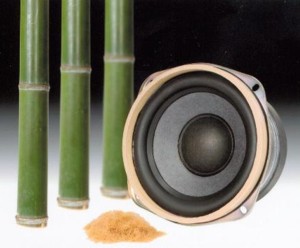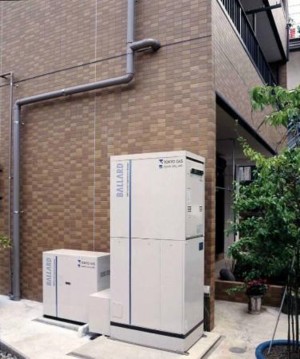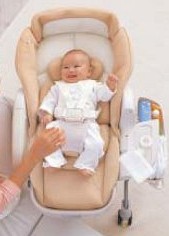
In a move that could provide a crucial boost to our robotic friends struggling up the near side of the Uncanny Valley, major cosmetics manufacturer Kao Corporation and a Keio University research team led by robotics professor Takashi Maeno have developed an artificial skin that feels just like human skin.
Skin, the largest organ of the human body, consists of a soft layer of tissue (dermis) covered by a tougher protective layer (epidermis). The artificial skin developed by Kao and Keio mimics the feel of human skin with a 1-cm thick "dermis" of elastic silicone covered by a 0.2-mm thick "epidermis" of firm urethane. Countless tiny hexagonal indentations etched into the urethane epidermis provide it with a very realistic texture.
In a series of unscientific tests, 10 out of 12 people who touched the skin thought it felt like human skin, while equipment designed to measure the mechanical properties of skin confirmed the artificial skin had characteristics resembling human skin.
The skin was unveiled earlier this month at the 24th Annual Conference of the Robotics Society of Japan (RSJ) at Okayama University. While Kao plans to use the artificial skin in the development of new cosmetics, Professor Maeno sees potential applications in the field of household robotics, where there are many opportunities for human-robot interaction.
[Source: Yomiuri Shimbun]

 Dreaming of owning a pony, but anxious about taking on the necessary responsibilities? Fret no more, there's an alternative. By the end of the year,
Dreaming of owning a pony, but anxious about taking on the necessary responsibilities? Fret no more, there's an alternative. By the end of the year, 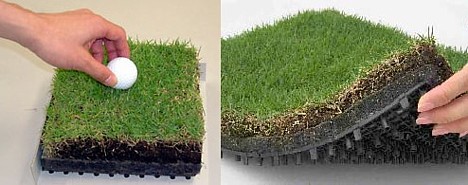
 Cantomoko is a well-traveled sex doll. She travels mostly by car in Japan, though she is known to ride a bicycle at times. She enjoys the cherry blossoms in spring, lounges on the beach in summer, frolics in fields of cosmos in autumn, and goes snowboarding in winter. She sometimes attends parties with friends. She has been to the top of Mt. Fuji. She has traveled abroad, to Saipan.
Cantomoko is a well-traveled sex doll. She travels mostly by car in Japan, though she is known to ride a bicycle at times. She enjoys the cherry blossoms in spring, lounges on the beach in summer, frolics in fields of cosmos in autumn, and goes snowboarding in winter. She sometimes attends parties with friends. She has been to the top of Mt. Fuji. She has traveled abroad, to Saipan. 
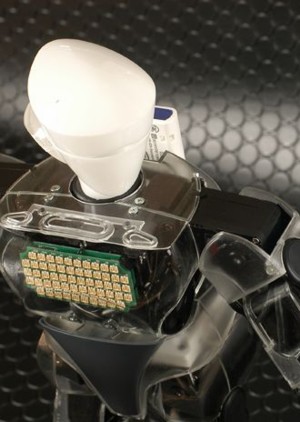 Robot developer
Robot developer 